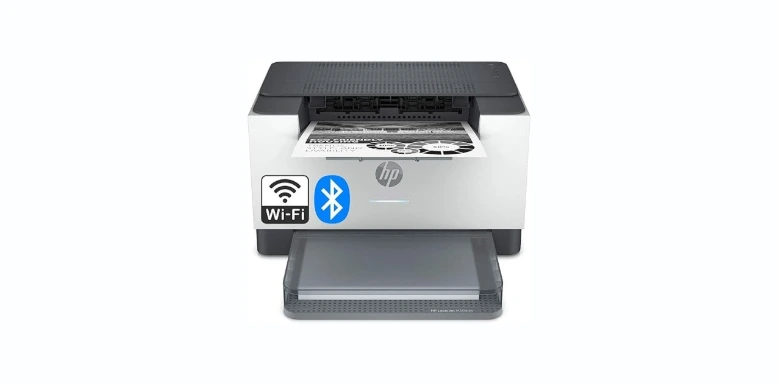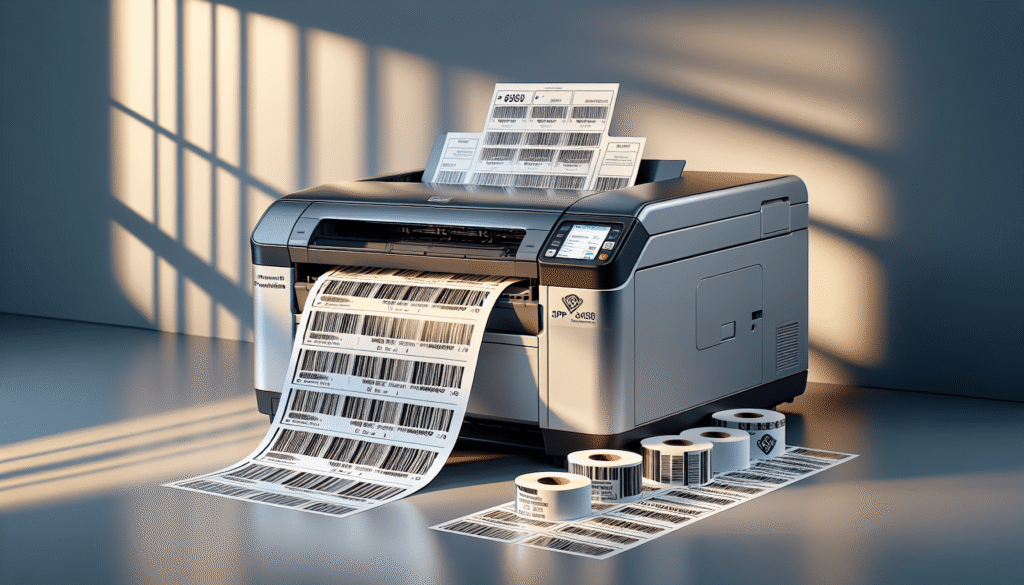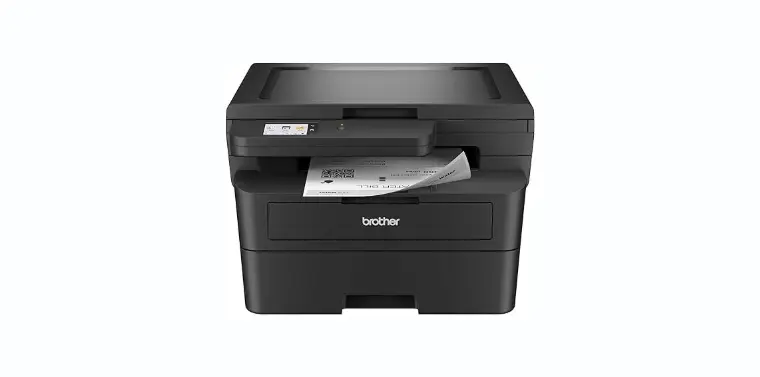Have you ever found yourself wondering how laser printers manage to produce such sharp and precise prints? It’s one of those little marvels of technology that, like many, I’ve come to take for granted until curiosity gets the better of me. So, let’s unravel this mystery together in a friendly manner, as though we’re just having a chat over a cup of coffee.
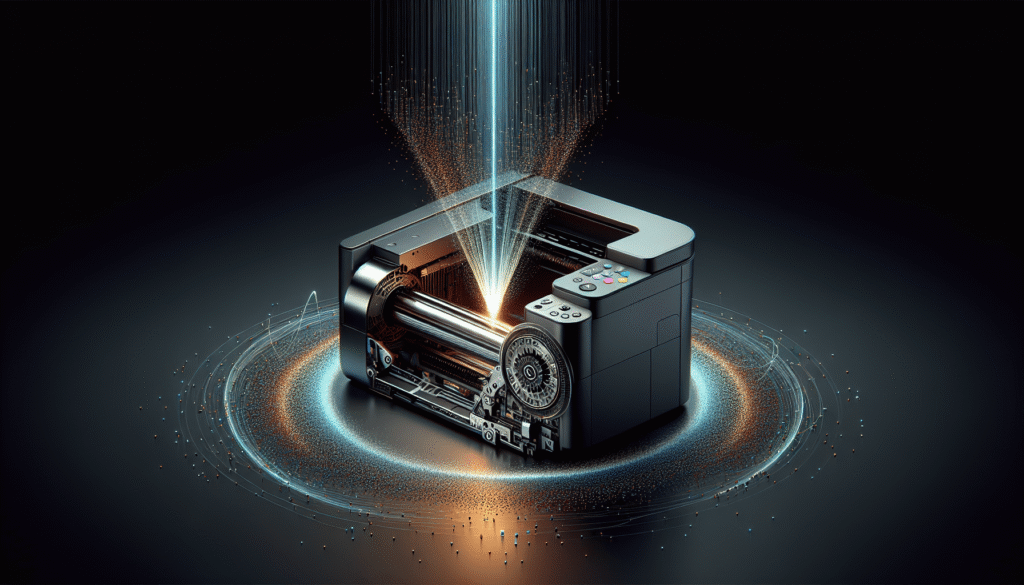
Unpacking the Basics: What is a Laser Printer?
Before we jump into the nitty-gritty of how these printers actually work, let’s take a step back and look at what a laser printer is. A laser printer is a type of printer that uses laser technology to transfer text and images onto paper. It’s a staple in many offices and homes because it combines high print quality with speed and reliability, which is not something every piece of office technology can boast about.
Laser printers use a unique process involving a laser beam, which might sound like something out of a sci-fi movie, but it’s actually grounded in quite simple, elegant engineering principles. They utilize a method called electrophotography (also known as xerography), and it’s built upon photoconductive materials and electricity.
Why Choose a Laser Printer?
You might be wondering why anyone would choose a laser printer over an inkjet printer. It’s a fair question, given the countless options out there. Laser printers are typically preferred for several reasons:
- Speed: They can produce a high volume of pages in a relatively short amount of time.
- Print Quality: The crisp, clean results are ideal for text-heavy documents.
- Cost Efficiency: Over time, the cost per printed page tends to be lower than that of inkjet printers.
Each of these factors can vary by model, so having an understanding of your specific needs can help in deciding if a laser printer is right for you.
The Process: How a Laser Printer Brings Images to Life
Now, let’s delve into the intricate yet fascinating process that makes laser printing possible. I promise it’s more fascinating than it sounds.
Step 1: Sending Data to the Printer
The journey begins with your computer sending the data to the printer. It’s the initial handshake if you will—a quick and electronic transfer of information. This data tells the printer exactly what needs to be printed. Once the printer receives these instructions, it sets up for the task.
Step 2: Preparing the Drum
Here’s where the magic—or rather, the science—really starts. Inside the printer is a cylindrical part called the imaging drum. This drum is coated with a photosensitive material. During this step, the drum is given a positive electrical charge across its entire surface.
Step 3: Laser Action
Remember that scene in the movies where the spy dodges laser beams? While my home office isn’t quite so dramatic, it does have its own laser maneuvering around when a print job is underway. The laser beam in a printer isn’t for intruder detection but rather for removing the positive charge in specific areas of the drum, creating a negative charge in the shape of the image or text to be printed.
Step 4: Attracting the Toner
Toner, the colored powder used in laser printing, hovers like a magician’s assistant in all of this. The negatively charged areas on the drum attract the positively charged toner particles. It’s like static electricity gone glamorous—the toner sticks only to those areas where the laser has removed the charge, forming the latent image.
Step 5: Transfer to Paper
Next, the page you want to print on is passed over by the drum, and an electrical charge that’s even stronger than the one on the drum is applied to the paper. This charge pulls the toner off the drum and onto the paper. In my mind, I picture it like a microscopic dance of sorts.
Step 6: Fusing the Image
Now, what good would an image be if it could just brush off the page? This is where the fuser comes into play. It heats the paper just enough to melt the toner particles, bonding them permanently to the paper. This is why freshly printed pages come out warm—though not quite hot enough to toast bread, unfortunately.
Step 7: Cleaning Up
In the final step, the drum’s surface is cleared of any residual toner and light exposure. This prepares the drum for the next print job to be as flawless as the first. And with that, it’s back to square one for the printer, ready to impress again.
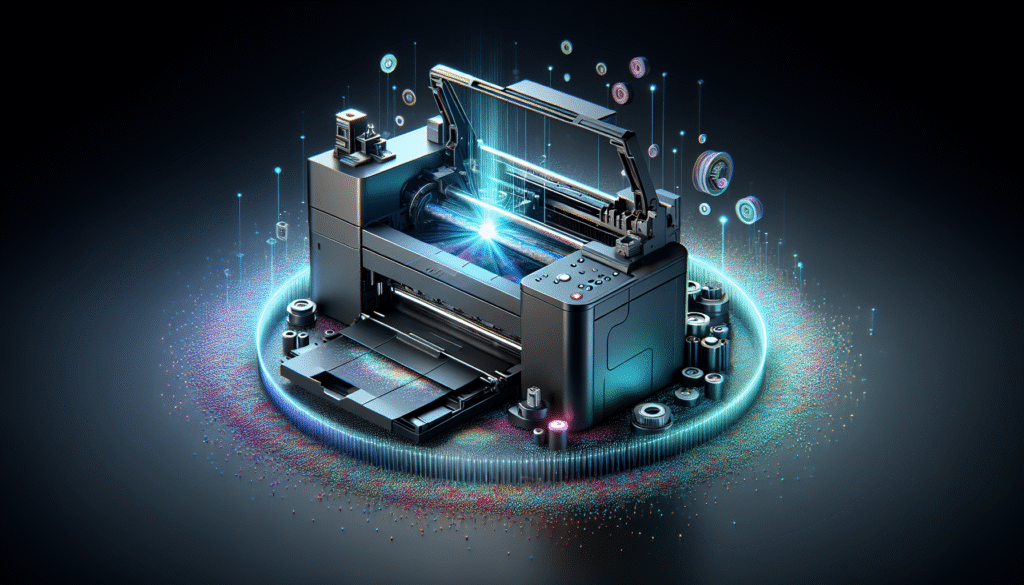
The Components: What Makes a Laser Printer Tick?
Now that we’ve gone through the process of printing, it might be helpful to demystify some of the key components we’ve been talking about. After all, understanding how these parts fit together can further illuminate how a laser printer works its magic.
The Imaging Drum
As I mentioned before, the imaging drum is where the image is first formed. Think of it as the printer’s artist, sketching out the blueprint of what will appear on your paper.
The Laser
The laser is the painter, if you will, detailing where the charge on the drum should change. Its precision ensures that text and images are sharp.
The Toner Cartridge
Unlike the liquid ink in an inkjet printer, toner is a dry powdery substance made from plastic. It’s less likely to smudge and offers a clear, professional-quality print.
The Fuser Assembly
The fuser assembly is like the grand finale in a fireworks show, fixing the print securely to the paper through heat, so you can handle the pages without worrying about smudging.
Paper Tray and Feeder
While not the most glamorous part of a printer, the paper tray and feeder are certainly vital. They ensure smooth transitions and prevent those paper jams that make anyone’s heart sink.
Troubleshooting Tips for Laser Printer Users
Printers, much like relationships, can sometimes be finicky. Having a few tricks up your sleeve can help alleviate those woes. I can assure you; patience almost always wins out in the end.
Common Issues and Their Solutions
-
Paper Jams: Ensure the paper is loaded correctly and not wrinkled. Sometimes, giving the printer a thoughtful tap helps—or so I like to think.
-
Streaks or Lines in Prints: This may indicate a dirty drum or low toner. Cleaning the drum gently usually resolves the issue.
-
Toner Smudges: If the toner isn’t adhering properly, the fuser might not be heating enough. A quick system check can help run diagnostics.
If these solutions don’t help, it might be time to consult the manual or reach out for professional assistance, a little maintenance can go a long way.
Maintaining Your Laser Printer
It’s amazing what a little TLC can do for your trusty gadget. Maintaining a laser printer is simpler than it sounds and can extend its life considerably.
Regular Cleaning
Clean the exterior and interior parts carefully with a dry cloth. Be sure not to touch the drum with bare hands: oils from skin could affect its sensitivity.
Use Quality Supplies
Use high-quality paper and toner to avoid build-up and excessive wear on the printer components. Your printer will thank you by running smoothly and producing lovely prints.
Replace Consumables
Be proactive in replacing toner cartridges and any other consumables. A well-fed printer is a happy printer.
Conclusion: Appreciating the Technology
There you have it! The ins and outs of how a laser printer does its thing—a fascinating blend of physics, chemistry, and engineering. With this understanding, I find I appreciate my own printer a little more each time I use it. It’s always ready to spring into action with a steady hum and some unseen laser choreography. Now, whenever I print a document, it feels like I’m watching a small miracle unfold. It’s technology at its finest, reminding us how truly inventive the human spirit can be.
Thank you for joining me on this journey through the curious workings of the laser printer. Isn’t it remarkable to think how such a seemingly mundane task—the simple act of printing a page—hinges on such sophisticated processes? Here’s to technology making life a little bit easier and a little bit more fascinating.
